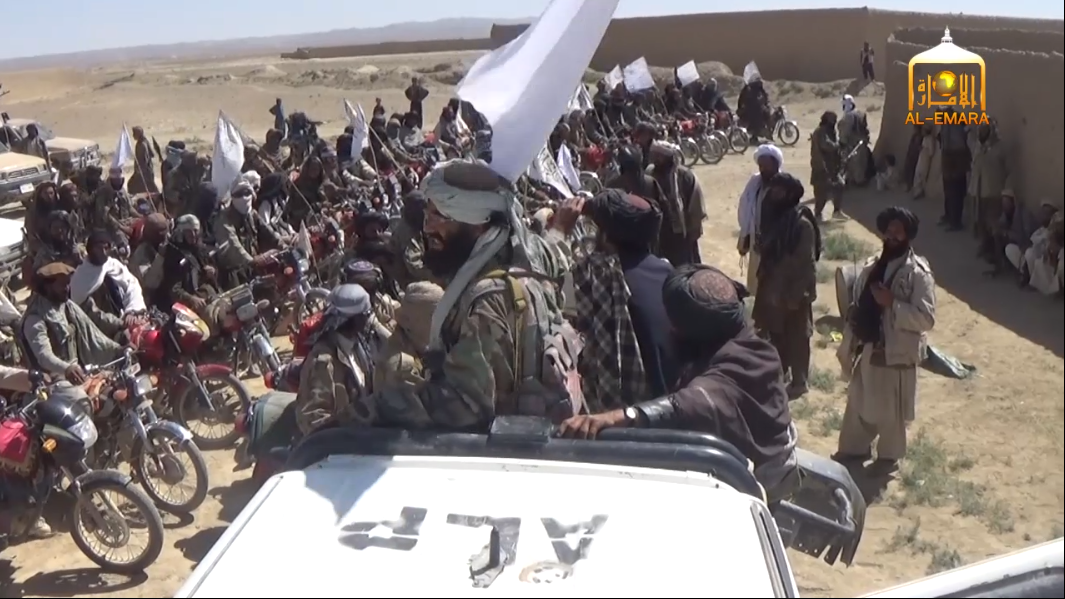
Taliban overruns 2 districts in eastern Afghanistan
The Taliban takeover of the Paktika districts of Omna and Gayan occur as US generals attempt to put a positive spin on the Afghan military’s capabilities.

The Taliban takeover of the Paktika districts of Omna and Gayan occur as US generals attempt to put a positive spin on the Afghan military’s capabilities.
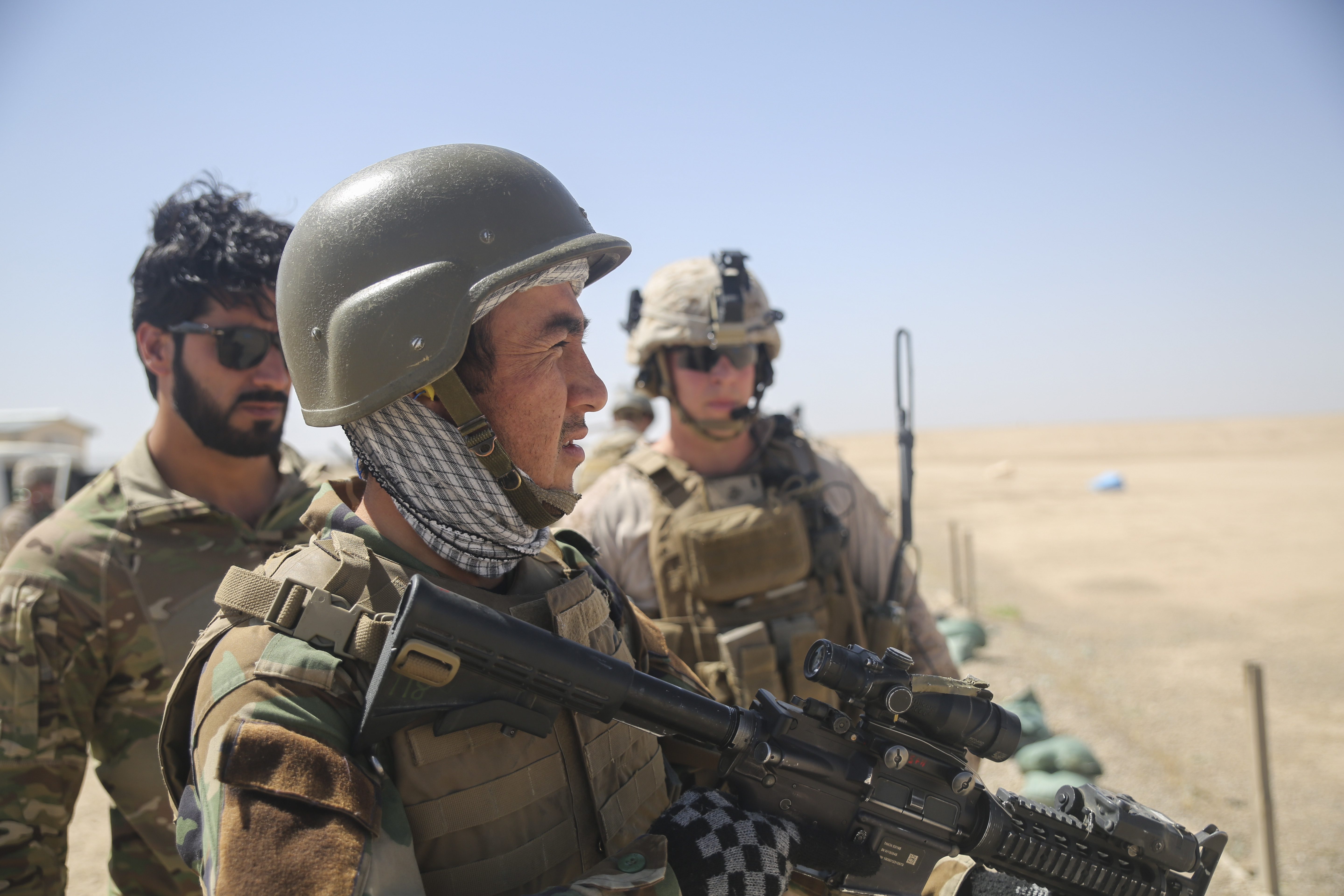
An estimated 150 Afghan security personnel (soldiers, policemen, and militia fighters) have been killed in major Taliban attacks over the past two weeks.
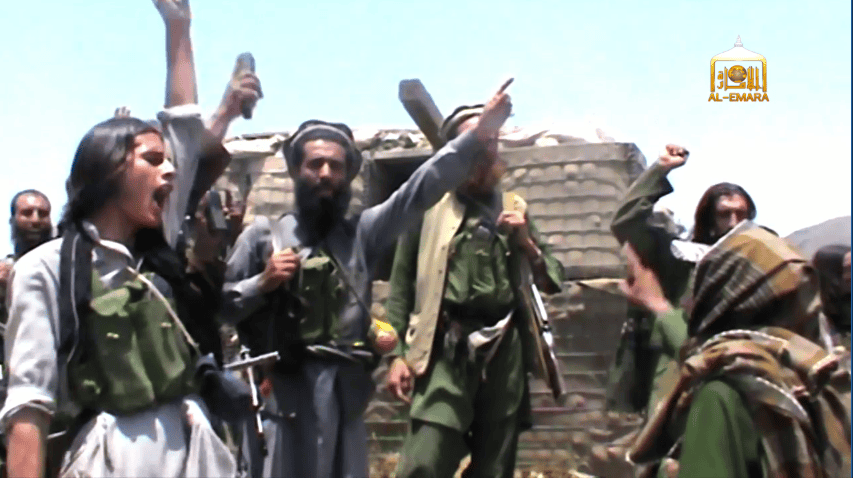
The press release also described the Taliban who are being targeted and killed as “Taliban irreconcilables.” However, Resolute Support has yet to identify any reconcilable Taliban.
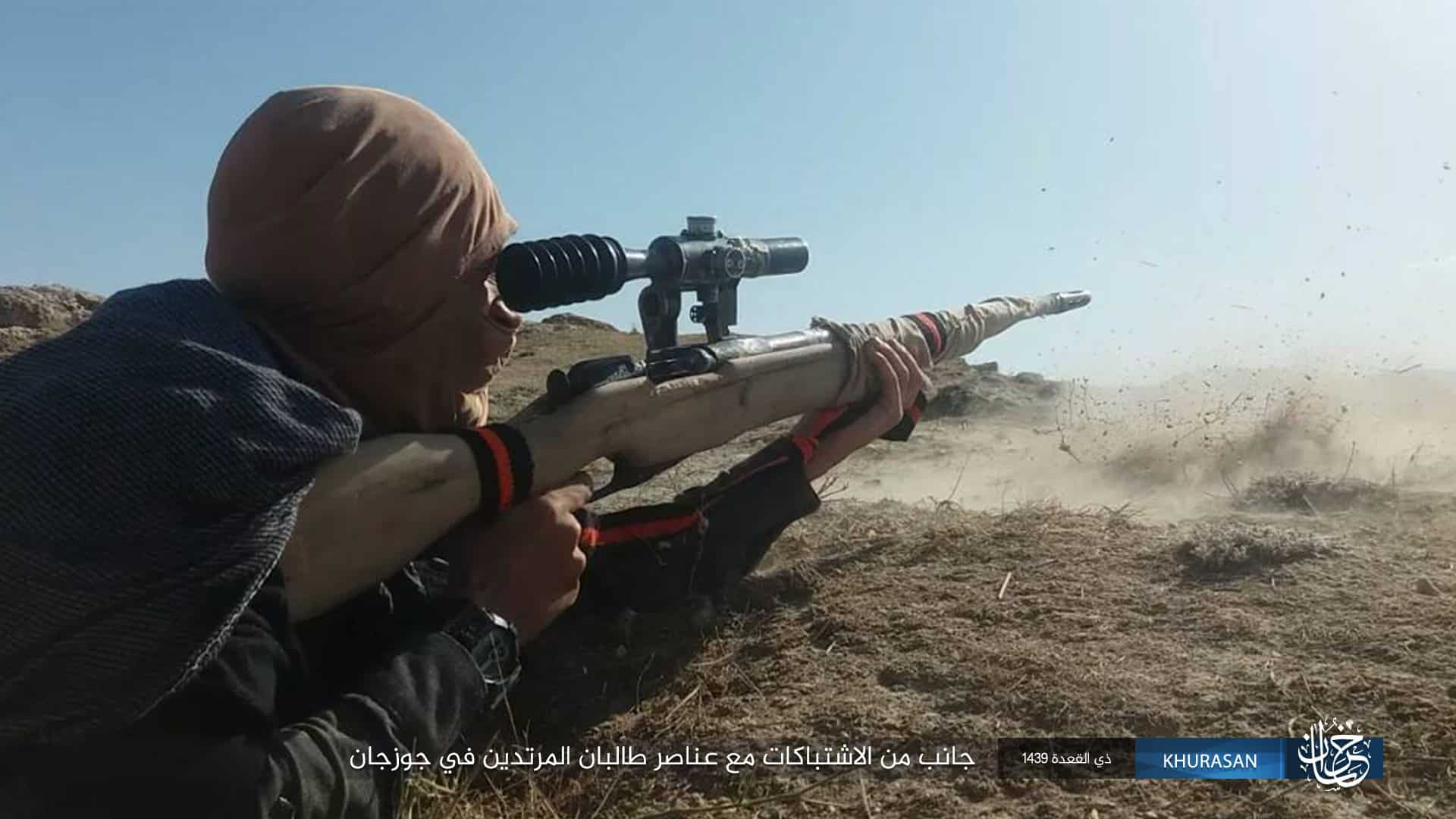
The photo-set is at least the second this month showing clashes with the Taliban in the Afghan north.
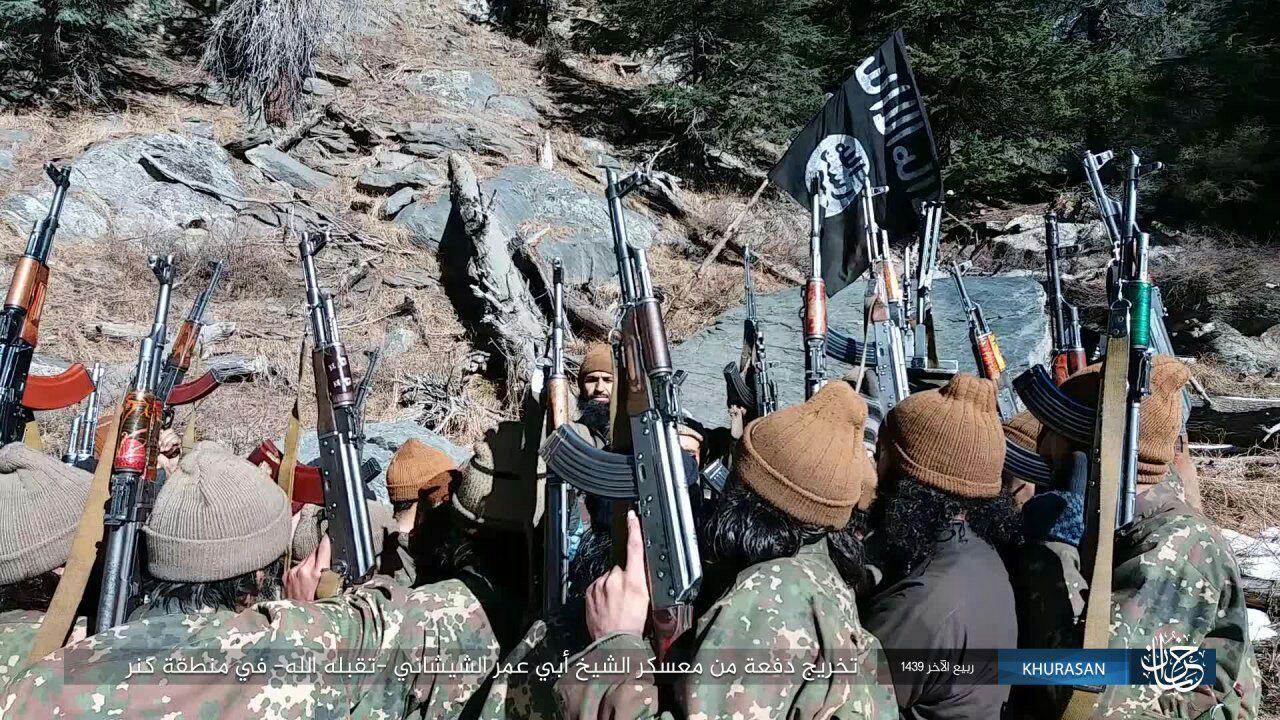
The rise of the Islamic State in Jawzjan province over the past year has threatened the Taliban’s operations in the Afghan north.
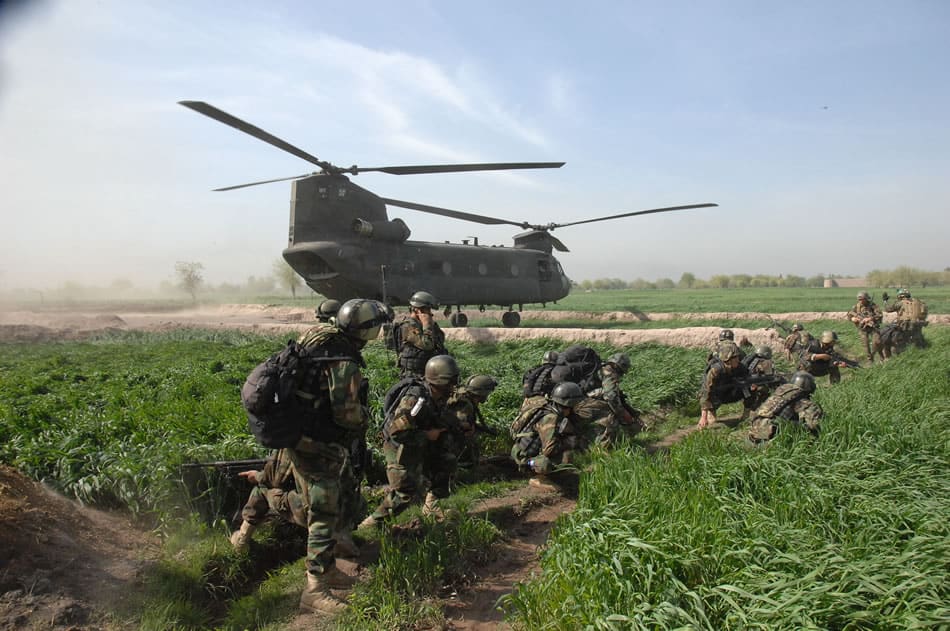
The Taliban has been operating prisons in Helmand for at least three years. Raids on Taliban prisons has done nothing to keep the group from expanding its control in Helmand.
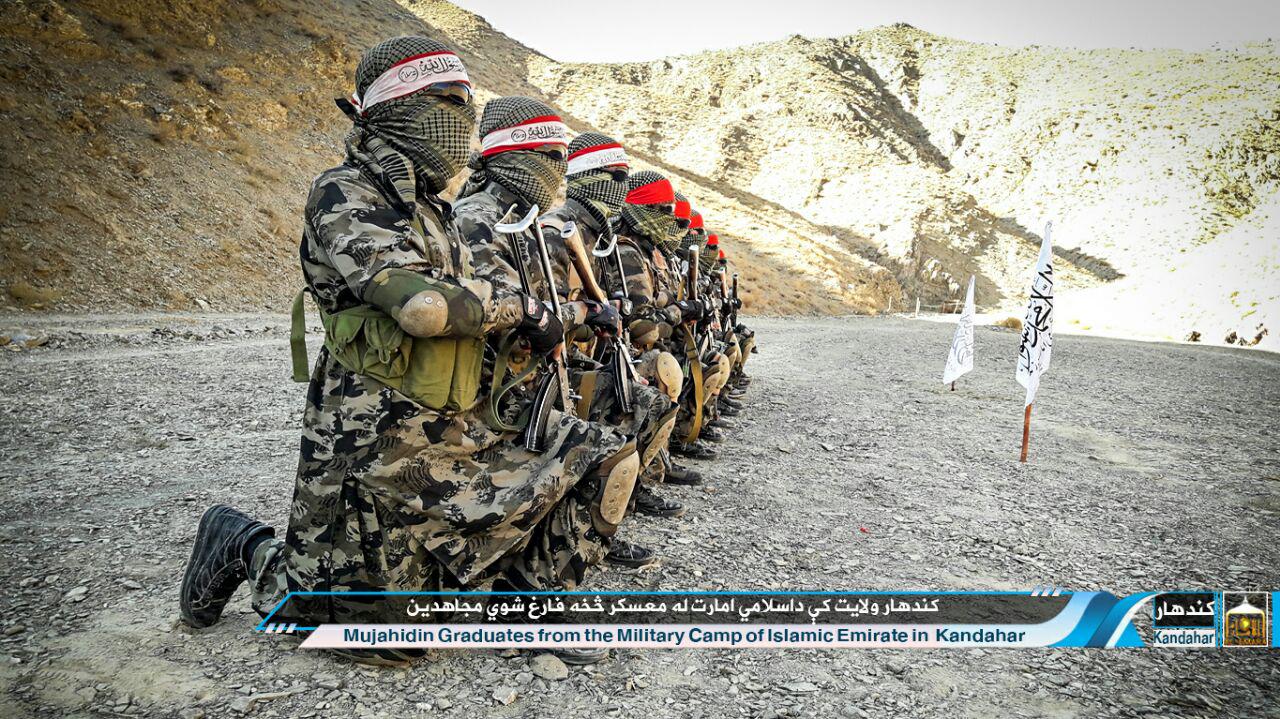
The United Nations Assistance Mission in Afghanistan (UNAMA) found that the Taliban was responsible for more civilian casualties than any other party in Afghanistan during the first six months of 2018.
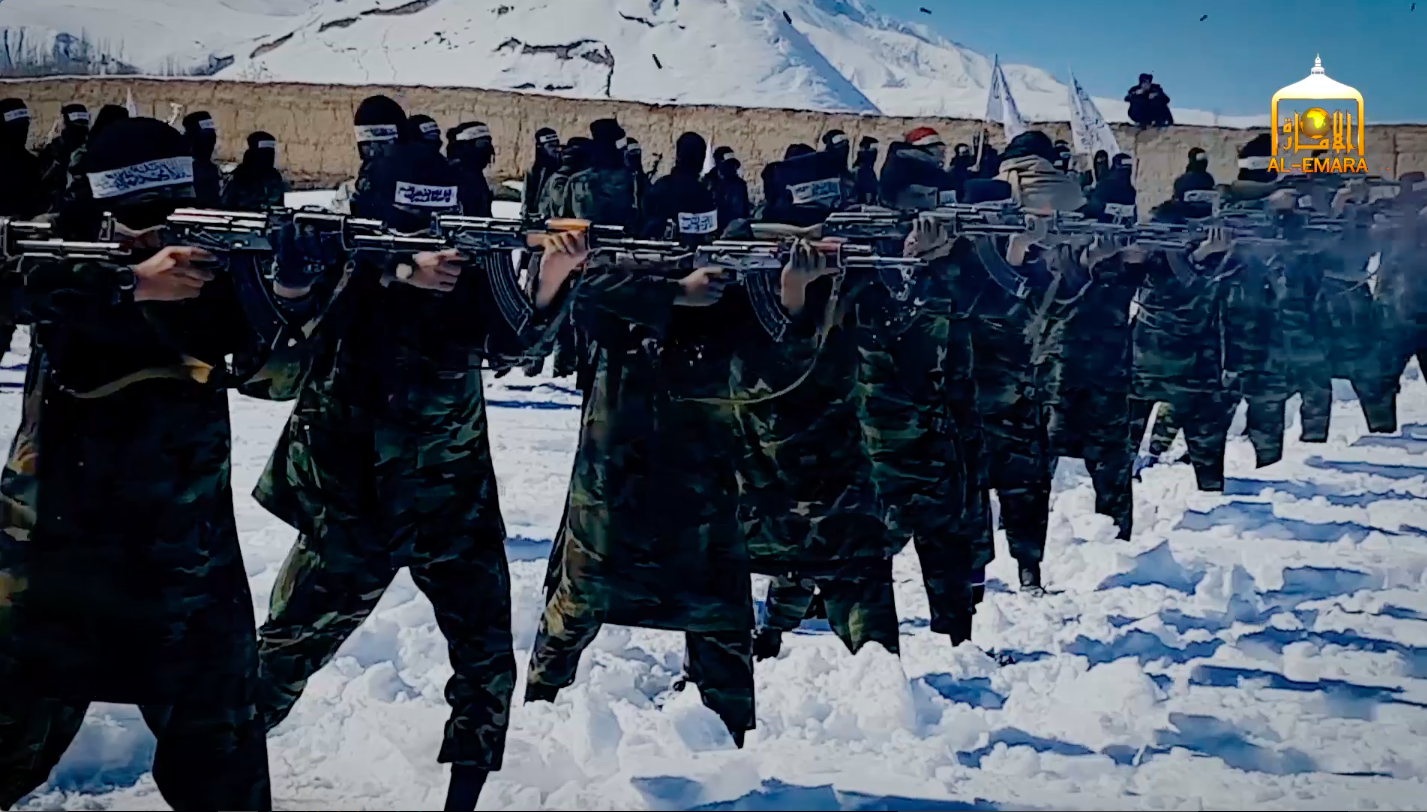
The Red Unit, the Taliban’s version of special forces that operates throughout Afghanistan and is often at the tip of the spear of assaults on district centers, military bases and outposts, is said to have initiated the fighting in Dasht-i-Archi district. At least 30 Afghan soldiers were killed during the assault.

The deadly bombing is the first major attack executed by the Taliban group since Mufti Noor Wali Mehsud assumed command of the group in late June.
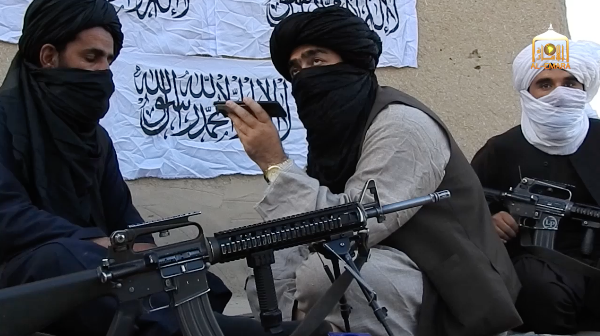
The Taliban reiterated that it views itself as the sole representative of the Afghan people, while those who fight for the Afghan government are “puppets” of the United States.
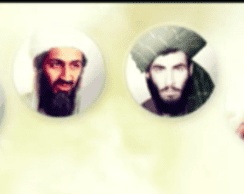
The Pentagon and the US intelligence community have been consistently wrong about al Qaeda’s strength in Afghanistan, and evidence of strategic ties between the two groups does indeed exist.

The Afghan government is maintaining its unilateral ceasefire despite the current Taliban offensive.

The TTP appears to be returning to its roots by selecting Mufti Noor Wali Mehsud, a prominent commander from the Mehsud tribe, to lead it. The TTP also confirmed the death of Mullah Fazlullah.
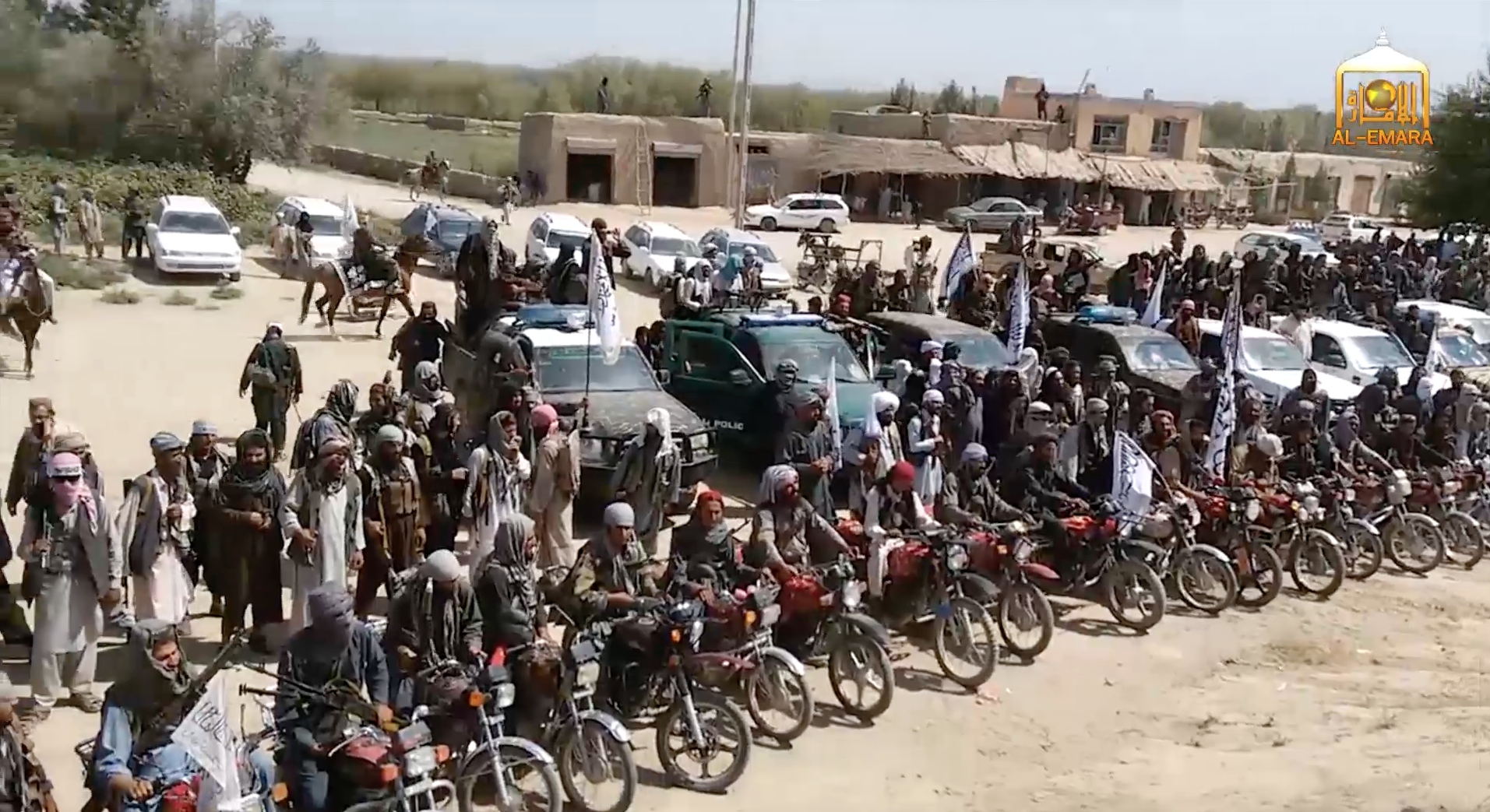
An Afghan official claimed the Taliban used the ceasefire to scout the bases and launch its attack.
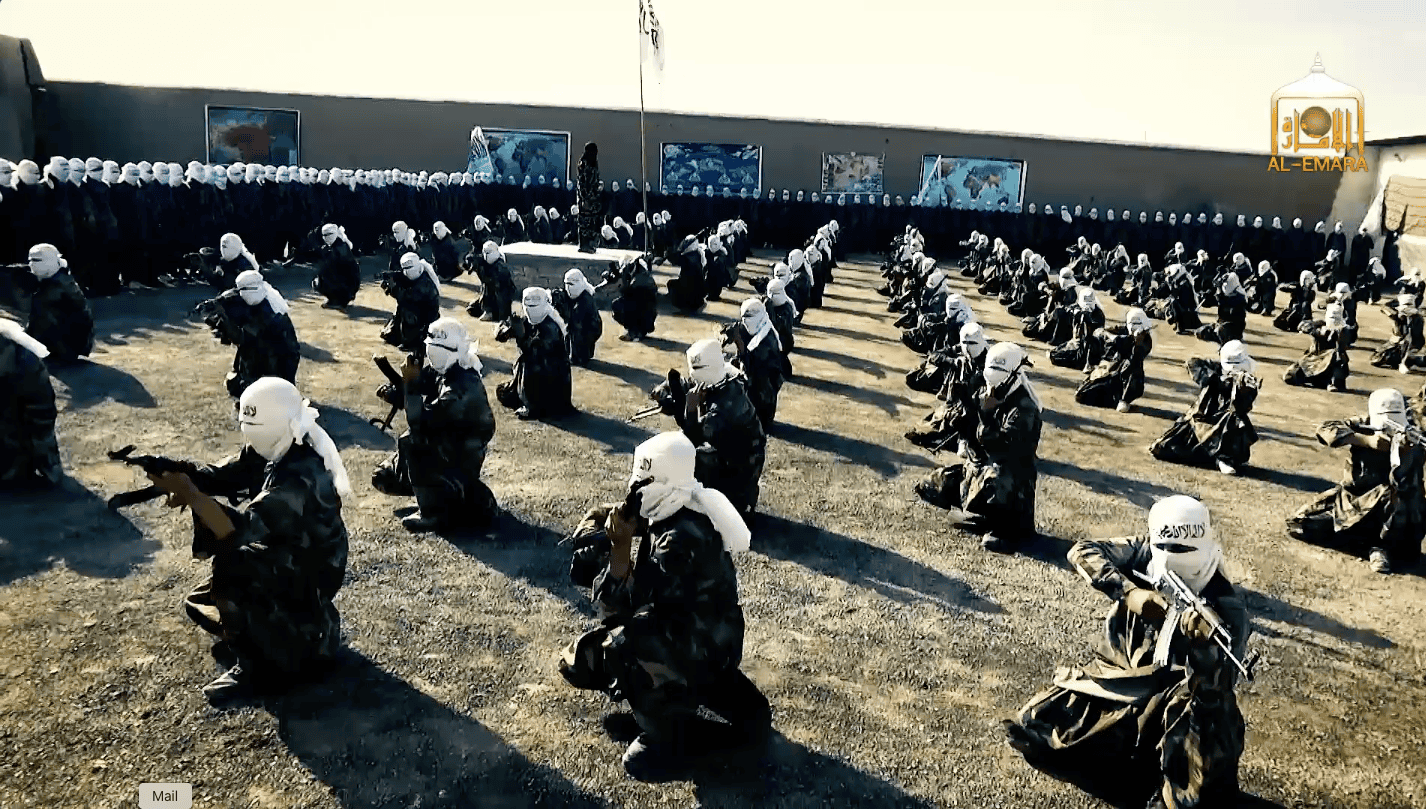
The Taliban has rejected a request by the Afghan government to extend its three-day ceasefire. The Taliban claims that the short-lived lull in the fighting proved that it has command-and-control over its forces throughout the country and that the mujahideen enjoy popular support.
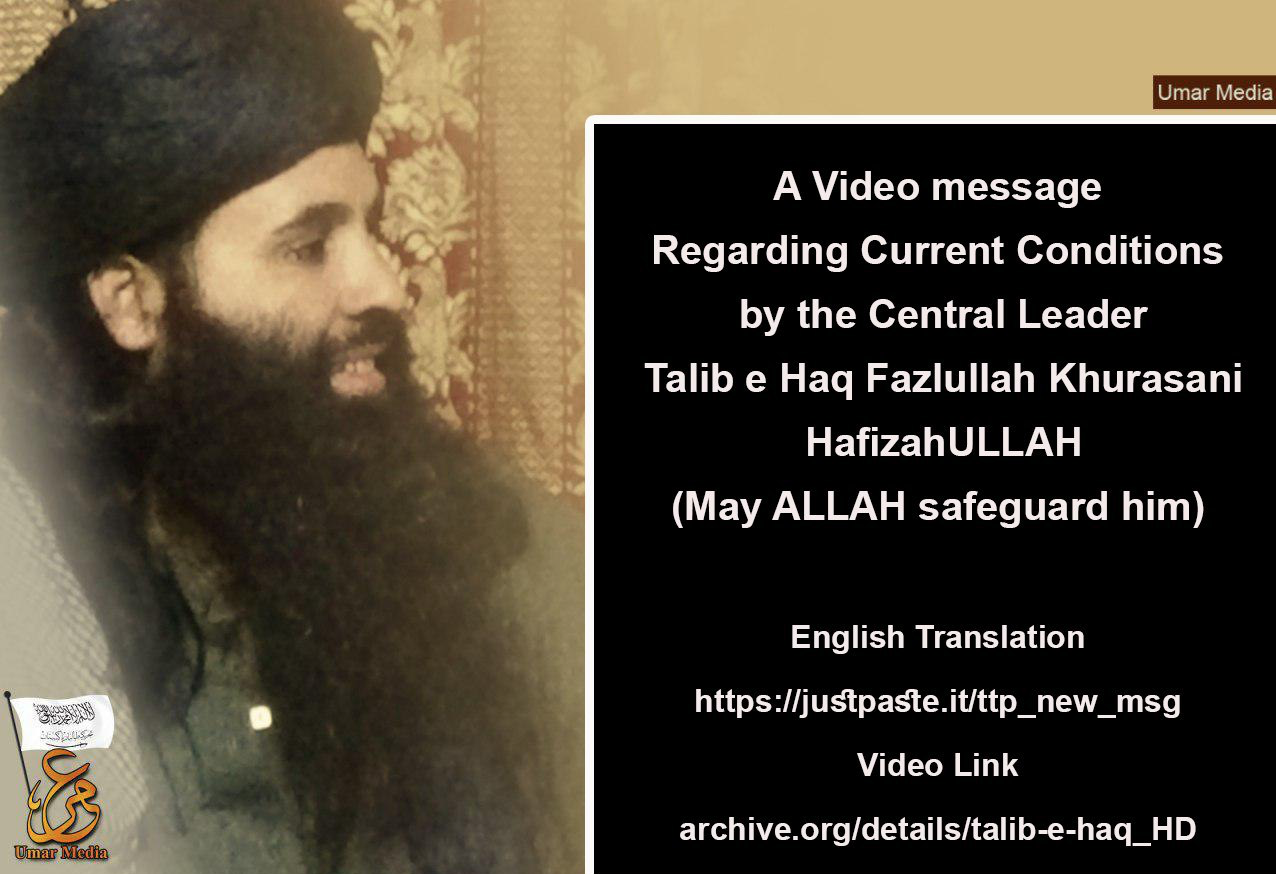
The Afghan Ministry of Defense claims Mullah Fazlullah was killed in a US airstrike in Kunar on June 13. His death has not been confirmed by the US or the Movement of the Taliban in Pakistan. Fazlullah’s death, if confirmed, may not be as impactful as US, Pakistani, and Afghan officials would like to believe.
Yet again, the Taliban stated that it will only negotiate after US and NATO forces withdraw from Afghanistan, and that everyone must accept the “ground realities,” meaning that the Taliban will rule the country.
The move by the Taliban directly contradicts the top US and NATO general in Afghanistan’s assertion that the Taliban is “no longer attempting to gain new ground.”
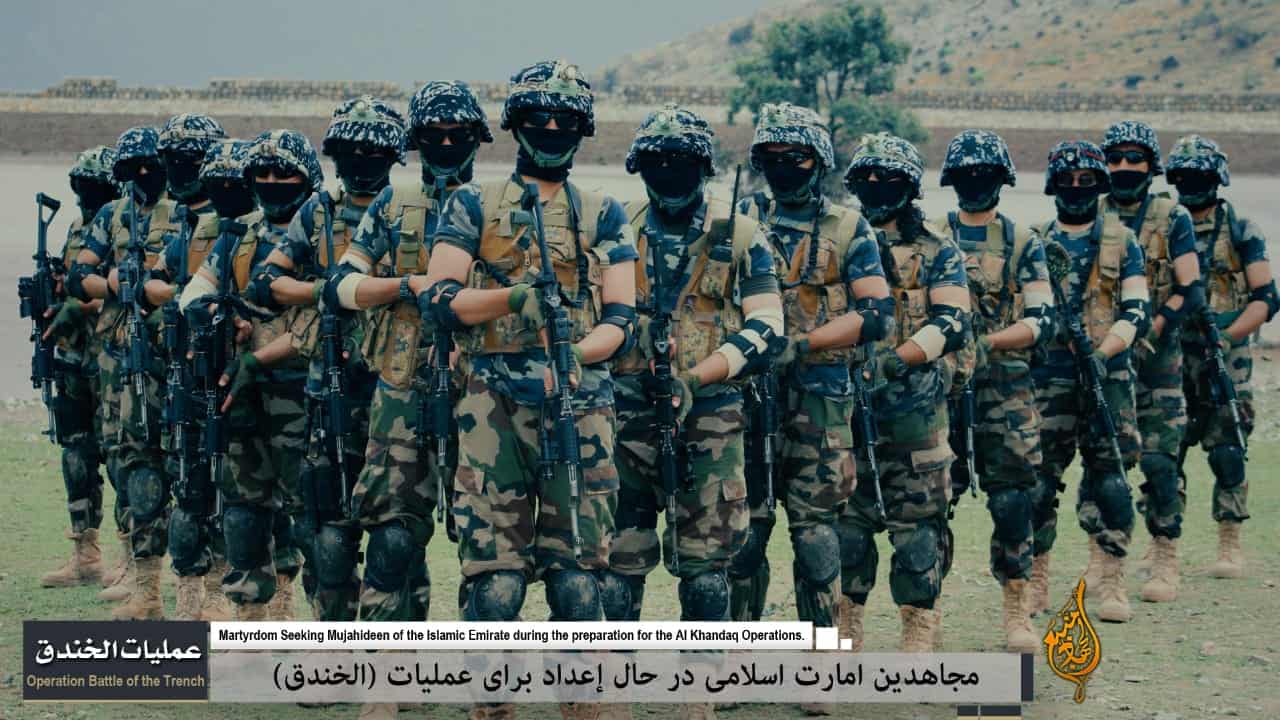
The Taliban has announced that it will refrain from offensive operations against the Afghan government for three days during the Eid holiday. However, this is a shorter timeframe than the Afghan government’s announced ceasefire. And the jihadists say they will continue to attack the “foreign occupiers,” meaning the US and allied forces, during this brief respite. The Taliban also does not say it will participate in meaningful peace talks with the Afghan government.
In early May, the Taliban shut down the main highway that links Ghazni and Paktia provinces in eastern Afghanistan. One month later, the Taliban continues to control the road and tax civilians as Afghan forces have been unable to secure the road.
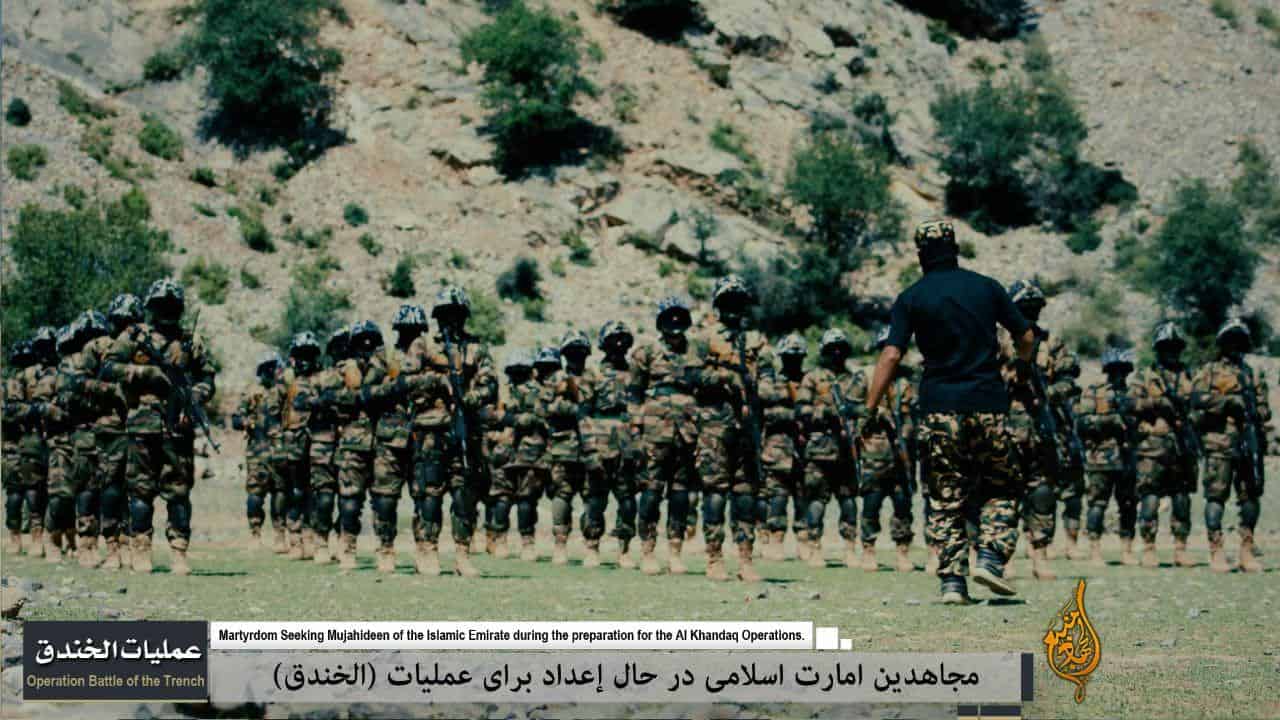
The government of Afghanistan announced yesterday that it has entered into a unilateral ceasefire with the Taliban. Gen. John Nicholson, who oversees the US-led war effort, claimed it was a “bold initiative for peace.” But the thinking behind the ceasefire is confused.

A suicide bomber struck a meeting of the Afghan Ulema Council (AUC) in Kabul earlier today. The Taliban’s spokesman denied that his group had any connection to the attack. However, the Islamic State claimed responsibility via its Amaq News Agency, which released two short messages on the “martyrdom” operation.

The Taliban are operating in all regions of Afghanistan and casualties among Afghan police have increased, according to the Ministry of Interior. This directly contradicts overly optimistic assessments by both Resolute Support and the Pentagon.
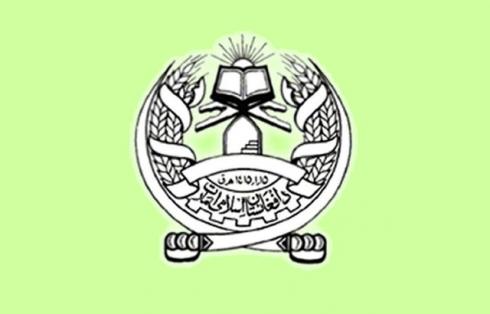
“Talking to impotent parties [the Afghan government] during the presence of occupying forces is pointless,” Taliban spokesman Zabihullah Mujahid said in an official statement released on Voice of Jihad.
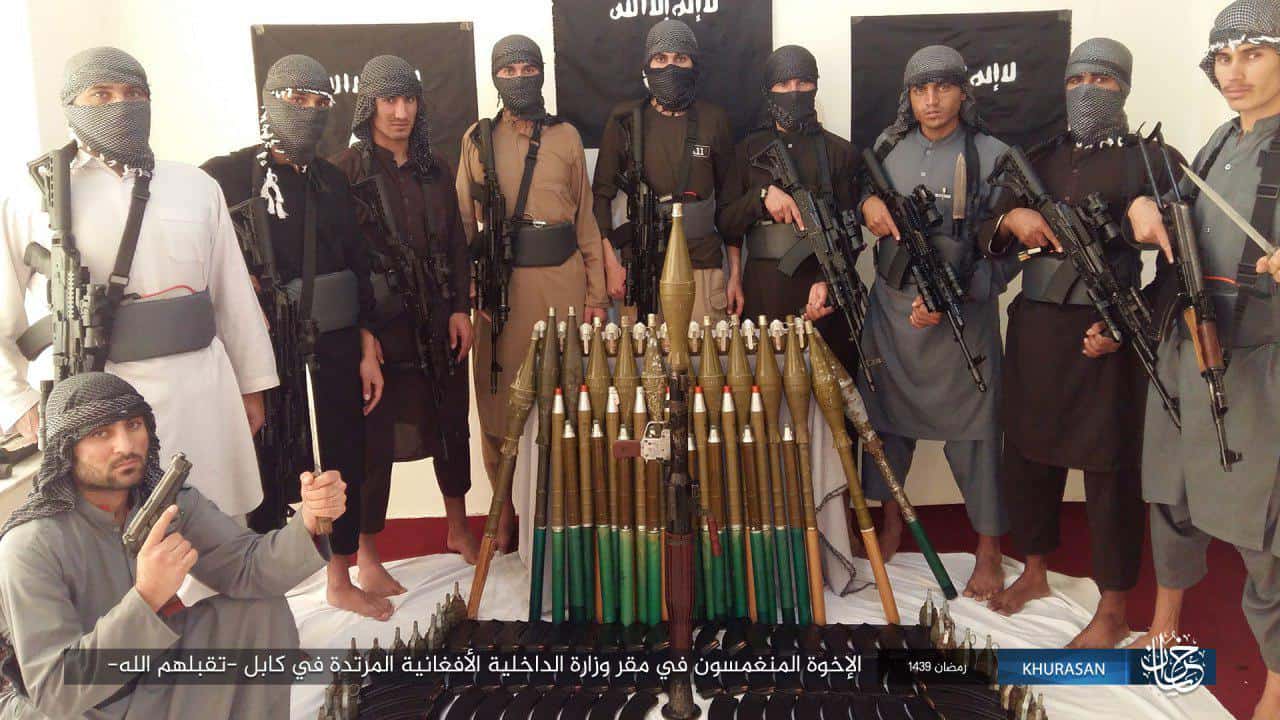
The US military initially assessed that an attack on Afghanistan’s Ministry of Interior in Kabul yesterday wasn’t the work of the Islamic State, but instead the Taliban’s Haqqani Network. However, the Islamic State’s so-called Khorasan province quickly claimed responsibility for the operation. And today, the group released a photo purportedly showing the 10-man (or adolescent) team responsible.
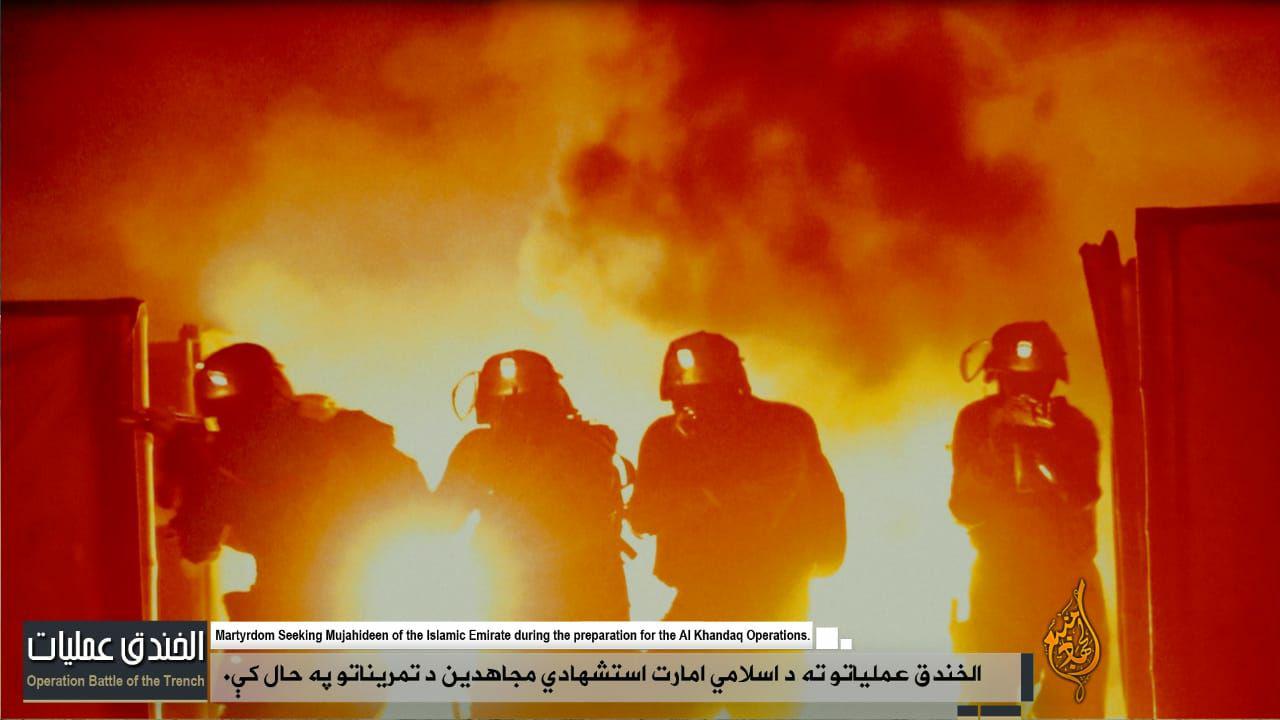
According to a State Department report published this week, the Taliban continues “to assassinate and threaten religious leaders with death for preaching messages contrary to” its “interpretation of Islam or its political agenda.” As part of its widespread assassination campaign, Taliban gunmen have been killing “imams and other religious officials throughout the country.”

A team of jihadists assaulted Afghanistan’s Ministry of Interior in Kabul earlier today. It is the latest in a string of attacks inside the Afghan capital this year. Both the Taliban and the Islamic State’s Khorasan “province” are able to hit targets inside the city.

The security situation in the south continues to deteriorate. An Afghan official admitted security forces abandoned the governor’s compound and police headquarters in Chora district. The Taliban claims it overran all 17 security outposts and controls the district center.

The Taliban claimed it killed more than 100 Afghan soldiers, policemen, and tribal fighters, while one Afghan official admitted 17 soldiers were killed and 21 more were wounded.
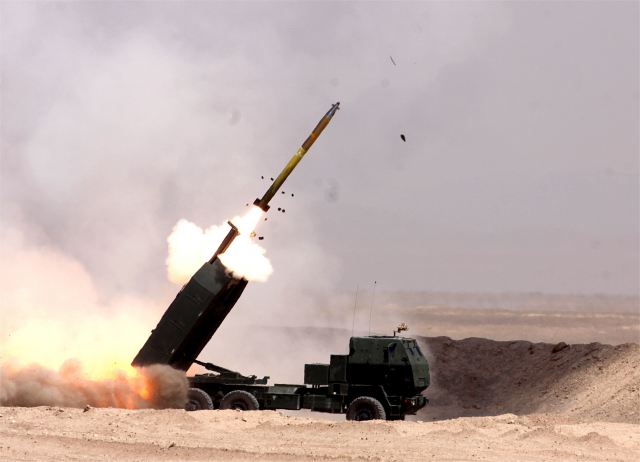
The Taliban denied that a command center was hit and claimed two civilian homes were destroyed in the strike.